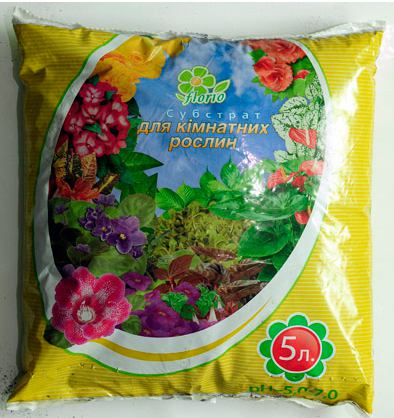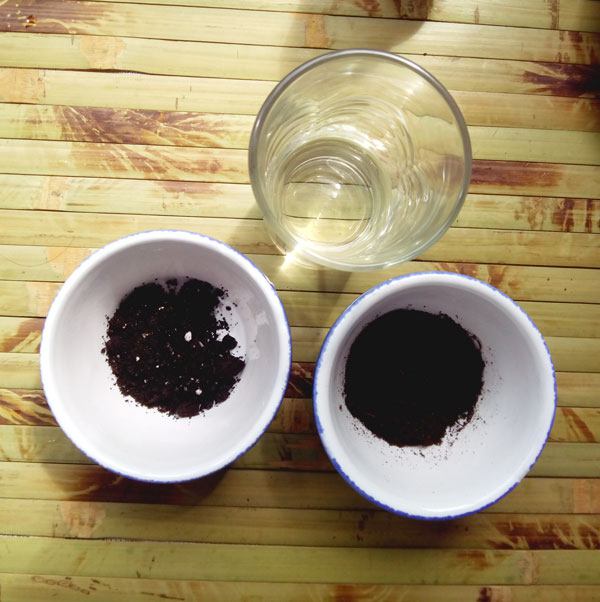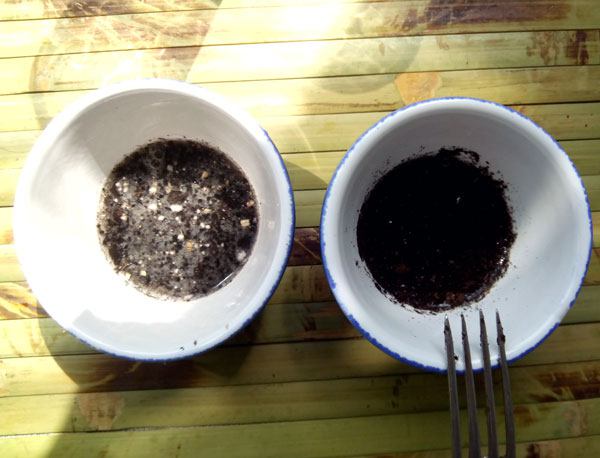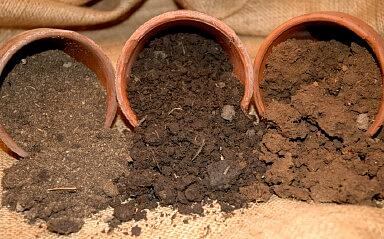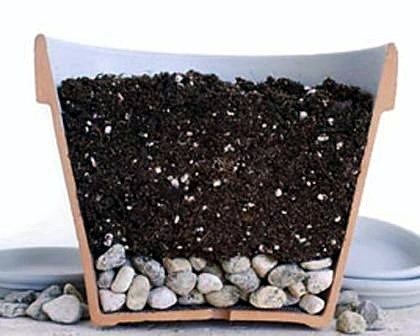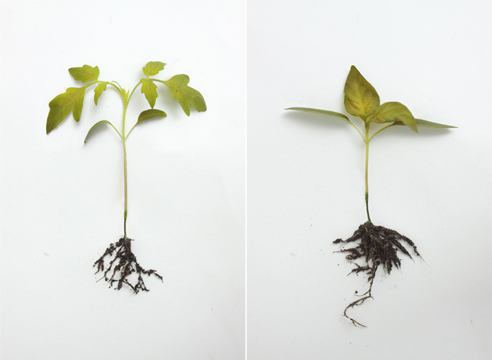You may think that soil acidity is the last thing to worry about. However, I learned the hard way that checking it doesn’t hurt…
How Soil Acidity Affects Plants
If the acidity is too high, aluminum and manganese accumulate in the soil, blocking access to phosphorus, potassium, magnesium, and calcium for the roots. The bacteria that process organic fertilizers and convert them into a “proper” form for plant absorption die off. Low pH allows poisons and heavy metals to penetrate the plant roots unhindered.
Due to watering and fertilization, soil acidity inevitably increases. Therefore, it becomes necessary to artificially help the soil reduce acidity.
I bought 10 liters of soil, and even cress felt bad in it… The package stated a pH of 5.8-6.2, which is slightly acidic. I decided to check if that was accurate.
Checking Soil Acidity at Home
I decided to conduct an investigative experiment and took soil from different bags. The soil that raised doubts is shown in the first image, with an acidity of 5.8-6.2. The second bag of soil had a pH of 5-7.
From each bag, I placed a teaspoon of soil in a dish and poured a tablespoon of 9% vinegar on it. Here’s what happened:
The bubbling solution indicates alkaline soil. The second dish with soil did not react to the vinegar.
Lowering soil acidity can be achieved with long-proven methods, but adjusting the amount of fertilizers for potted soil will be difficult—slaked lime, limestone tuff (key lime), dolomite flour, cement dust, gaja (lake lime), or another type of lime. However, the most affordable option is ground limestone (calcium carbonate). I recommend using ash to reduce soil acidity for your windowsill garden. I wrote more about this in the article . Another way to reduce acidity is eggshells .
There are plants that love acidic soil: Japanese maple, sweetgum, broom, cinquefoil, gorse, hydrangeas, ferns, Japanese holly, enkianthus, red oak, mountain laurel, pieris, laurel cherry, rhododendrons and azaleas, magnolia, snowberry, lilies, violets, moss, pines and firs, creeping bugleweed, heart-leaved bergenia, wild carnations, lupines, spiny shield fern, flowering calycanthus, Canadian dogwood, Fothergilla gardenii, David viburnum, eucryphia, trilliums, meconopsis, Paris quadrifolia, yew. I’ve never seen most of these plants in my life, but they may be useful to someone. Our herbs on the windowsill prefer neutral soil!

